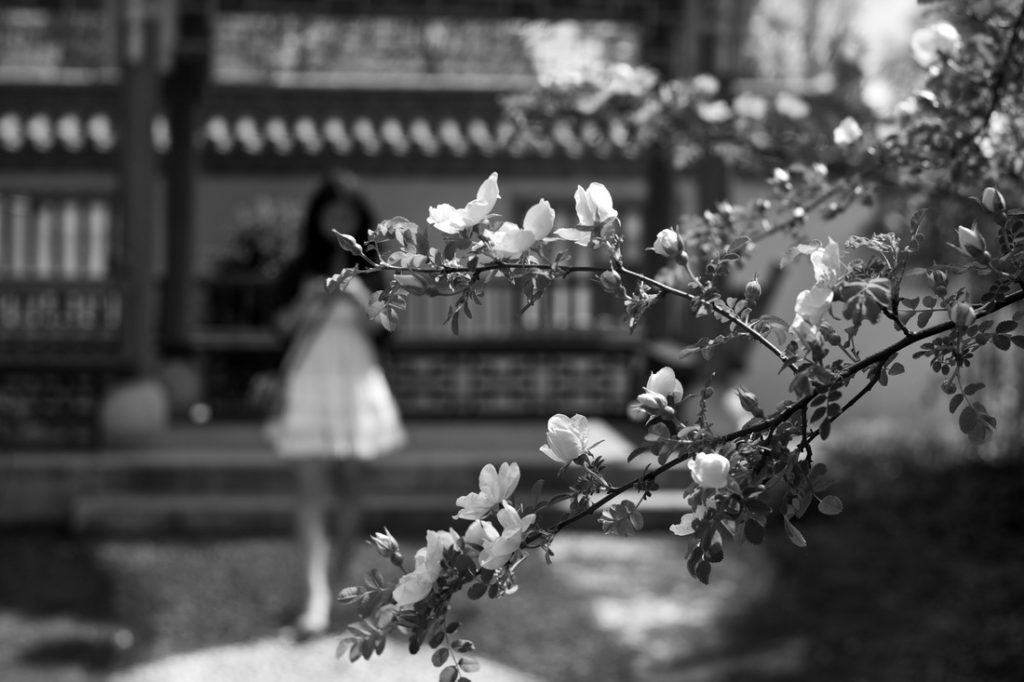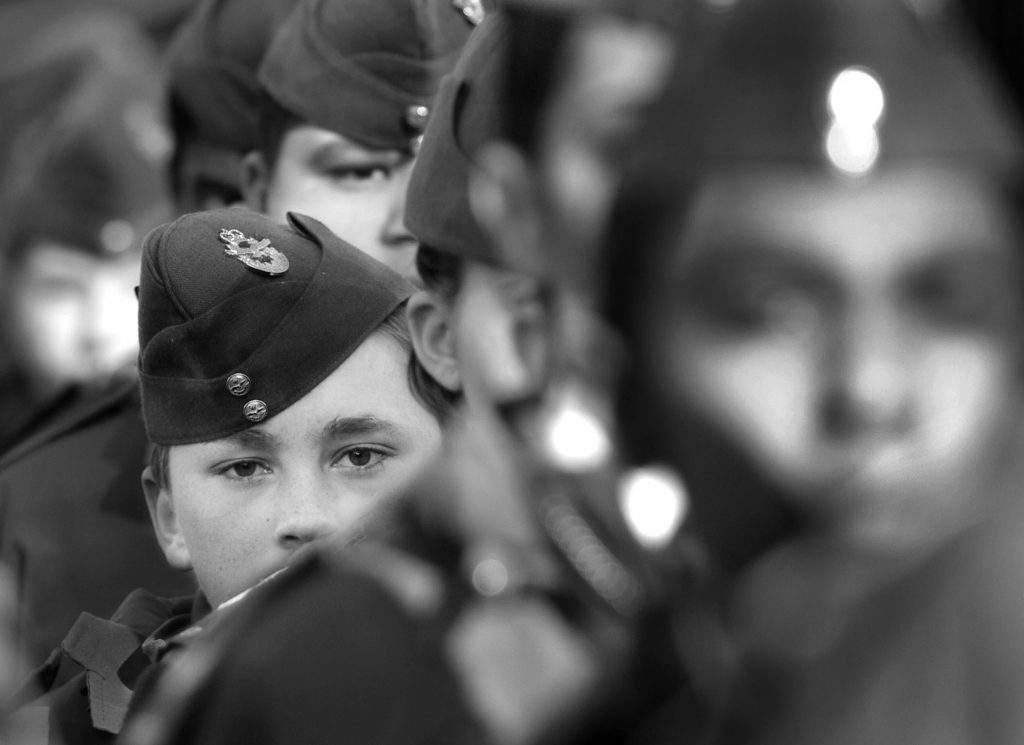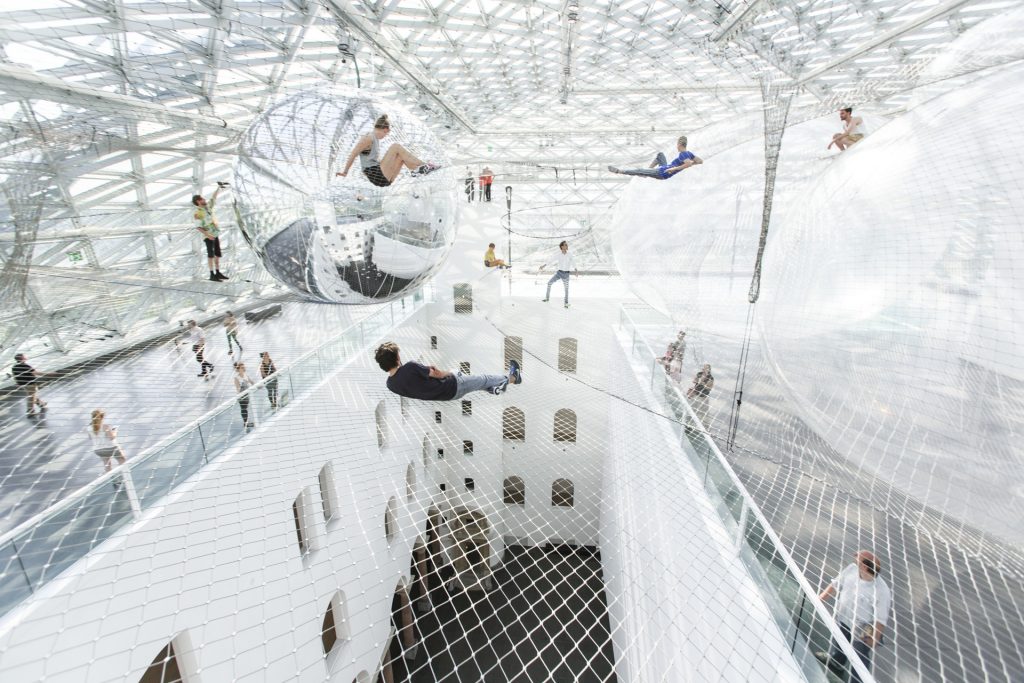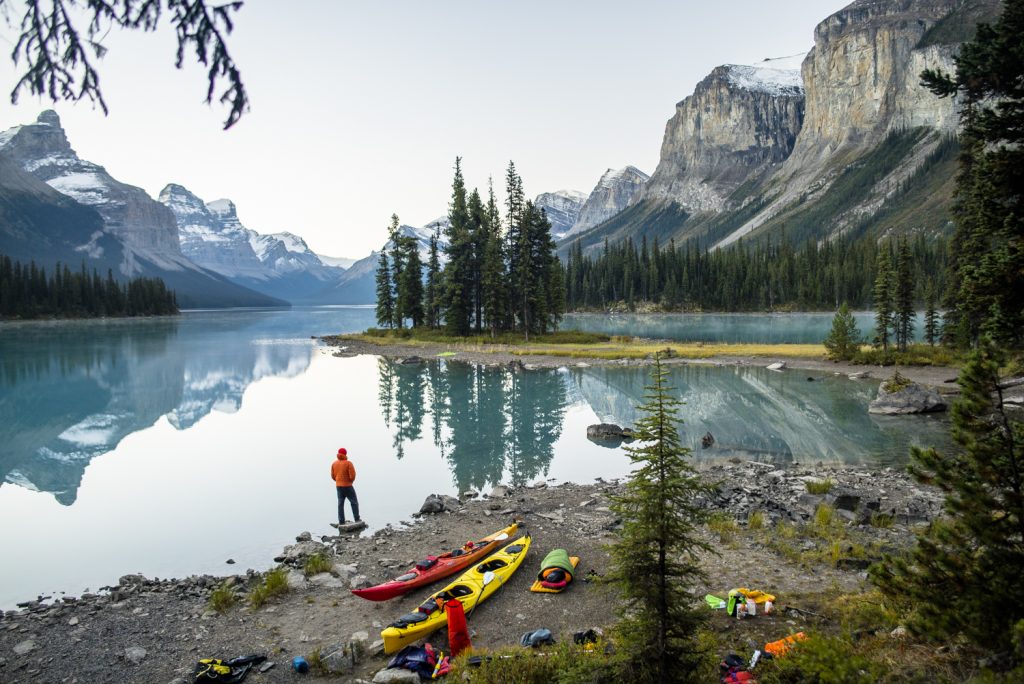
Have you ever wondered how to add dimension to a photograph by blurring the background, or how to bring a faraway subject into focus while blurring everything else? Depth of field is the answer.
When we talk about the main characteristics of depth of field, we usually classify it into two categories: shallow depth of field and deep depth of field.
Shallow or Small Depth of Field is when a very small range of depth in front of the lens is in focus. It’s used primarily to isolate the subject from its environment, and used a lot in portrait work, macro photography, and sports photography.
You can produce a shallow DOF by using a large aperture/small f-stop number.
Here’s a big misconception about shallow depth of field: that only the foreground of the photo is in focus while the background is blurry, but you can also have a shallow DOF when the foreground is blurry and the subject in focus is in the background.
Look at the two examples below to see the difference between the subject in focus being directly in front of the lens, or farther in the background:


Deep or Large Depth of Field is when most or all of your photo is in focus. Large depth of field is most often associated with landscape and architectural photography. It is also known as the storytelling DOF because you can have multiple visual storylines or characters simultaneously in focus.
You can produce a deep DOF by using a tight aperture/large f-stop number.
In the examples below, you can see that there are no isolated focused subjects:


To learn more about depth of field and other fundamentals of photography, sign up for one of our photography classes here.



[…] photo from https://zibabooking.com/blog/depth-of-field/Written by […]